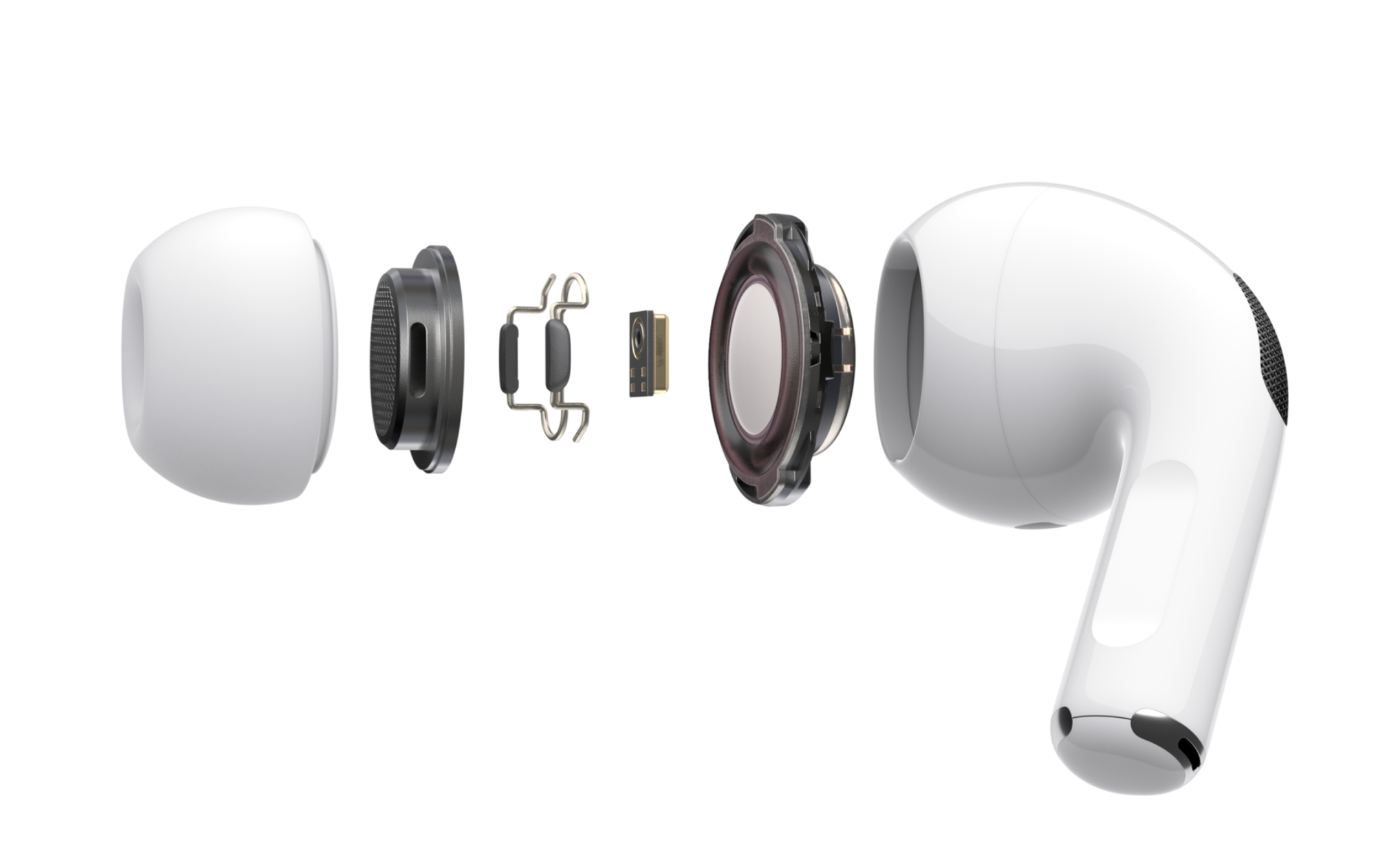One of the most popular tech products I use a lot is the Bose Noise Canceling Headphones that fit over my ears. I have carried them with me on trips for over a decade, and they are just part of my carry-on items when I board a plane, train, or take some R&R at the beach or in a park.
In the case of airline travel, the noise canceling feature drowns out the droning of the plane’s engines and gives me a quiet dome that keeps my area relatively peaceful, given my surroundings.
Although I have many other over-the-ear headsets, the few I have that include noise-canceling, are the ones I use the most. I do have another Bose set of wired earbuds that include noise-canceling features, but I find the over-the-ear models deliver the best quality in sound and noise reduction.
Ever since Apple introduced their AirPods, I have longed for them to include noise-canceling features given my need for this type of technology. This is a request I have made directly to Apple execs for the last two years and thought they were falling on deaf ears.
While I wanted AirPods of the future to have noise-canceling features, I could not figure out how Apple could help co that in wireless earbuds. These earbuds are small marvels, and Apple had already packed them with high-quality audio, Bluetooth radio, and excellent design. Asking for the noise canceling, I thought, may just not be possible given their size and design.
While these are great earbuds, I believe they are more than that in Apple’s grand scheme for AR and mixed reality. As I have written before, AR and Mixed reality are Apple’s next big thing, but the actual hardware in terms of goggles or glasses is still at least 2-3 years out at best.
I believe the first generations of these goggles or glasses will be tied to the iPhone for the foreseeable future. This is one way Apple can extend the iPhone franchise for at least another 5-6 years. But by mid-decade, I have no doubt that Apple plans to move all of the intelligence to the AR/Mixed reality headset itself and make it a computing platform in its own right.
That said, Apple’s AirPod Pro’s is another key technology that Apple needs to deliver AR and mixed reality headsets in the future. At the moment, the technology to deliver audio and noise-canceling is in the form of these earbuds. But what they learn from the development of the AirPod pros will serve them well when it comes to embedding audio into AR and mixed reality goggles or glass in the future.
Of course, they could keep them in their current form, and they would augment these headsets. On the other hand, audio built into the glasses or goggles would be a more elegant solution if it can be done.
One big question around audio for me relates to Apple’s acquisition of Beats. When they made this purchase for $2 billion, I honestly questioned its value to them. Bose, Sony, and other’s already dominated this field, and while Beats was gaining ground, I had a hard time figuring out how this fit into Apple’s overall plans.
I now wonder if Beats had in their labs the core architecture that is now in the AirPods and Airpod Pros, and Apple was able to gain the engineering talent and patents within Beats to create the great audio we now have in both of their Air Pod models.
Regardless of any Beats contributions, the end result is that Apple has created its first AR-based hardware device that I believe will be a strategic part of their eventual AR and mixed reality headset program. And we now know that Apple can create high-quality sound in very small ear pods, which bodes well for using this proprietary IP in any AR and mixed reality headset or glasses they eventually bring to the market.
